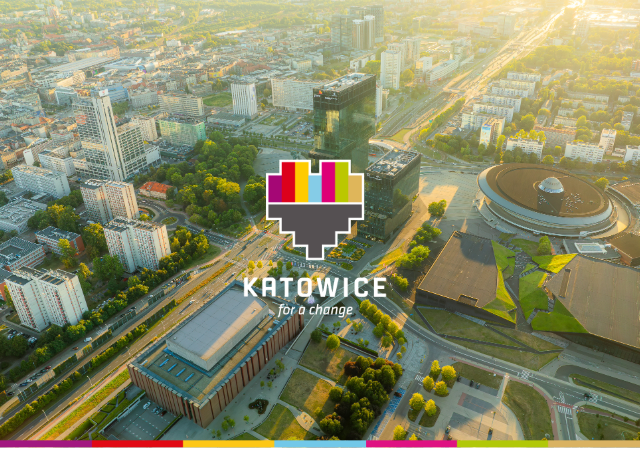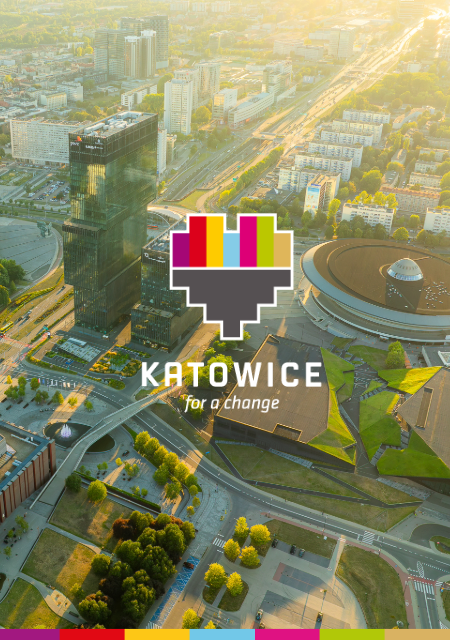The evolution of smart cities is a fascinating journey from the first technological experiments to the creation of spaces that are realistically responsive to community needs. Boyd Cohen, a researcher at EADA Business School, identifies three key generations of the Smart City, each representing a unique approach to the use of modern technology in the urban landscape.
Smart City 1.0: The Birth of the Technological City
During the Smart City 1.0 phase, urban development was driven primarily by giants in the IT and telecommunications sectors. They were the ones who provided high-end technologies to transform traditional cities into futuristic metropolises. However, this phase often lacked an understanding of the real needs of residents. Technological solutions were introduced top-down, often without consulting local communities, leading to unsustainable development and failure to realize the full potential of innovation.
Smart City 2.0: Local authorities at the forefront of change
The second generation, Smart City 2.0, saw a shift of initiative into the hands of local authorities. Instead of relying on outside corporations, cities began to analyze their own needs and look for appropriate technological solutions. This approach ushered in an era of more integrated and purposeful innovation. Using the opinions and needs of local residents, local governments adapted technologies to solve local problems – from traffic management to improving air quality. Smart City 2.0 is an era of greater awareness and focus on citizens’ quality of life.
Smart City 3.0: Co-creation of the city by citizens
The last and most advanced phase, Smart City 3.0, is characterized by cooperation between local authorities, technology companies and, above all, citizens. In this generation, citizens have a real impact on shaping their environment. Thanks to tools such as crowdsourcing platforms and mobile apps, citizens have the opportunity to participate directly in the decision-making process and influence innovations. This approach not only speeds up the implementation of innovations, but also ensures that they are in line with the real expectations and needs of the community.
Summary: From technology to community – The new era of the Smart City.
Three generations of Smart Cities show how smart cities have moved from technocentric experiments to integrated ecosystems where technology is a tool for better and more sustainable urban living. This evolution underscores the importance of understanding and responding to local needs and the role citizens play in shaping the future of their cities. Smart City 3.0 is not just about technology; it is first and foremost about people creating innovative, inclusive and sustainable urban environments for future generations.





